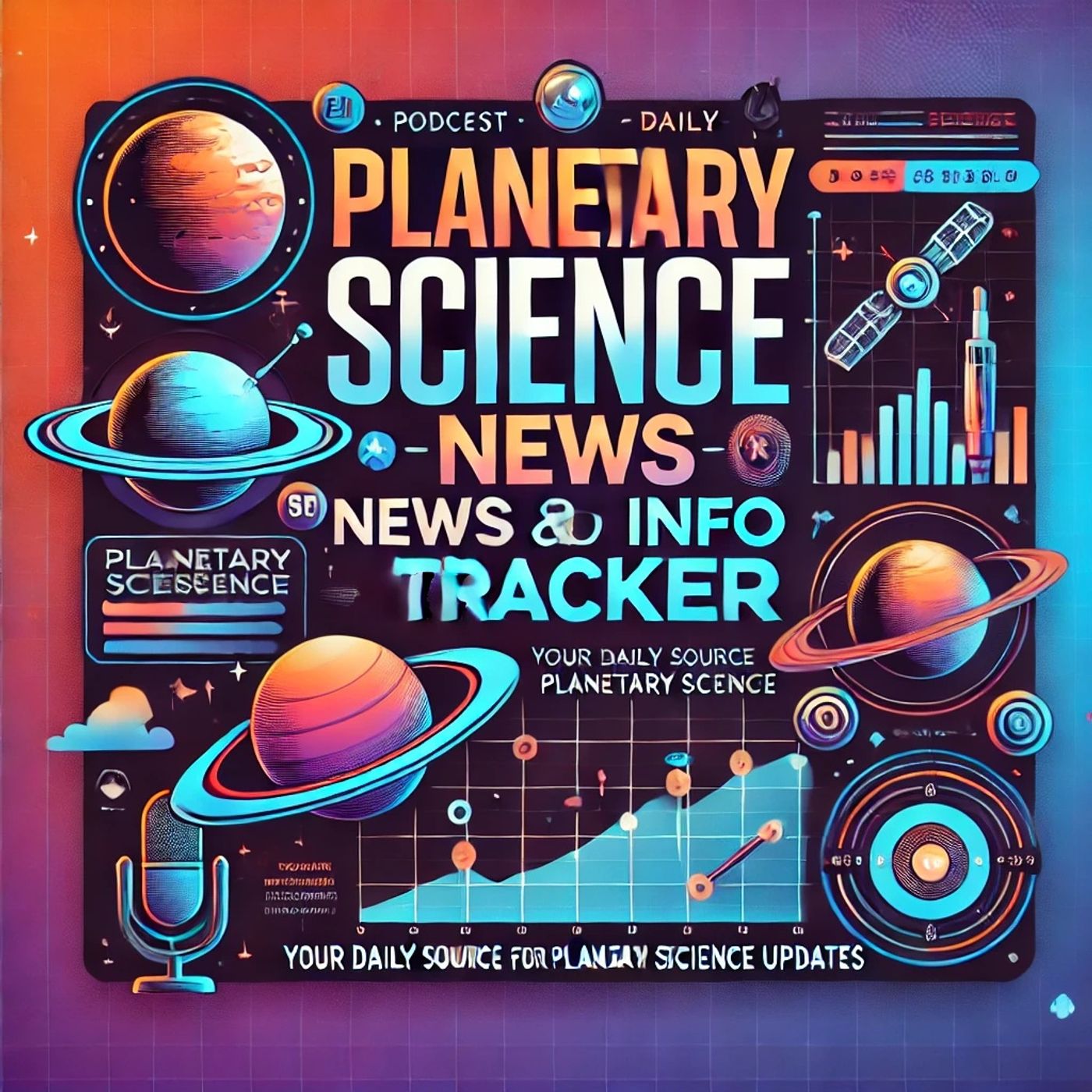Jan 15 2025 3 mins
In the vast expanse of our solar system, Mars stands out as a beacon of intrigue and potential for discovery. As of sols 4396-4397, the Curiosity rover, a stalwart envoy of humanity, continues its exploration of the Martian surface, unveiling the secrets of this distant world. These Martian days equate to roughly eight Earth years since Curiosity's landing, and the rover, like an intrepid explorer, traverses the rugged, dusty terrains of the Red Planet.
The Earth planning date for these specific sols is Monday, December 16, 2024. This meticulous planning is crucial due to the sheer complexity of remote operations across millions of miles. Every command must be precise and anticipated with an understanding of both the rover's capabilities and the Martian environment.
These sols find Curiosity in the midst of a Martian wonderland—a landscape dotted with intriguing geological formations. As Curiosity roves along its path, it continues to send back data, rich with insights into Mars' history and environment. The team back on Earth eagerly analyzes rocky outcrops and sediment layers, each holding a story of Mars' climatic past.
Particularly fascinating are the layered sedimentary rocks, potential keys to understanding ancient water flows on Mars. These layers, sculpted over eons by natural forces, prompt questions about the planet's ancient habitability. Could Mars have supported microbial life in its past? Each data packet from Curiosity brings scientists one step closer to unraveling this mystery.
Analyzing these formations involves not just imaging but also using the onboard laboratories to examine the mineral content. Instruments like the Chemistry and Camera complex (ChemCam) allow Curiosity to dissect the geology visually and chemically. This intricate work builds a detailed picture of Mars’ composition and its environmental conditions over time.
But it's not just the search for past life that drives the mission; understanding Mars' present environment is equally critical, especially with human missions planned for the future. Curiosity's environmental monitoring instruments provide invaluable data on radiation levels, atmospheric conditions, and weather patterns, forming a vital knowledge base for safely sending humans to Mars one day.
Despite the challenges presented by the harsh Martian environment, such as dust storms and extreme temperature fluctuations, Curiosity continues to function admirably, embodying human resilience and innovation. Its journey enriches not only our understanding of Mars but also our perspective on Earth, highlighting the delicate balance of factors that make a planet habitable.
As these sols progress, Curiosity remains a testament to human curiosity and the relentless pursuit of knowledge. Each discovery, each transmission from the Red Planet, serves as a reminder of our shared quest to understand our place in the universe. Through Curiosity's lens, Mars transforms from a distant, enigmatic neighbor into a world of wonder and potential—a true Martian wonderland awaiting further exploration and discovery.
The Earth planning date for these specific sols is Monday, December 16, 2024. This meticulous planning is crucial due to the sheer complexity of remote operations across millions of miles. Every command must be precise and anticipated with an understanding of both the rover's capabilities and the Martian environment.
These sols find Curiosity in the midst of a Martian wonderland—a landscape dotted with intriguing geological formations. As Curiosity roves along its path, it continues to send back data, rich with insights into Mars' history and environment. The team back on Earth eagerly analyzes rocky outcrops and sediment layers, each holding a story of Mars' climatic past.
Particularly fascinating are the layered sedimentary rocks, potential keys to understanding ancient water flows on Mars. These layers, sculpted over eons by natural forces, prompt questions about the planet's ancient habitability. Could Mars have supported microbial life in its past? Each data packet from Curiosity brings scientists one step closer to unraveling this mystery.
Analyzing these formations involves not just imaging but also using the onboard laboratories to examine the mineral content. Instruments like the Chemistry and Camera complex (ChemCam) allow Curiosity to dissect the geology visually and chemically. This intricate work builds a detailed picture of Mars’ composition and its environmental conditions over time.
But it's not just the search for past life that drives the mission; understanding Mars' present environment is equally critical, especially with human missions planned for the future. Curiosity's environmental monitoring instruments provide invaluable data on radiation levels, atmospheric conditions, and weather patterns, forming a vital knowledge base for safely sending humans to Mars one day.
Despite the challenges presented by the harsh Martian environment, such as dust storms and extreme temperature fluctuations, Curiosity continues to function admirably, embodying human resilience and innovation. Its journey enriches not only our understanding of Mars but also our perspective on Earth, highlighting the delicate balance of factors that make a planet habitable.
As these sols progress, Curiosity remains a testament to human curiosity and the relentless pursuit of knowledge. Each discovery, each transmission from the Red Planet, serves as a reminder of our shared quest to understand our place in the universe. Through Curiosity's lens, Mars transforms from a distant, enigmatic neighbor into a world of wonder and potential—a true Martian wonderland awaiting further exploration and discovery.
